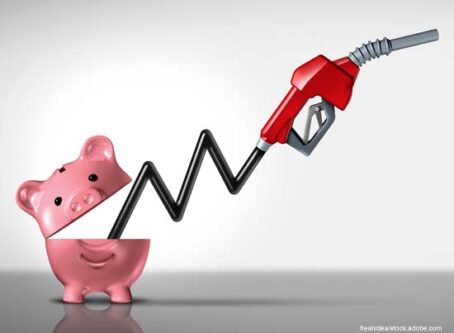Summer may bring lower diesel fuel retail prices
We may see lower diesel fuel retail prices this summer than last summer.
Diesel fuel retail prices will average $3.09 per gallon this summer, predicts the Energy Information Administration in its recently issued 2019 Summer Fuel Outlook.
Last summer the average diesel fuel retail price was $3.22 per gallon. The five-year average price for diesel fuel is $2.95 per gallon.
The EIA expects consumption of distillate fuel, which includes diesel fuel and heating oil, to average 4.1 million barrels per day this summer. That would be 24,000 barrels per day more than last summer’s consumption. It also would be the highest summer distillate consumption since 2007, according to the EIA.
Last year’s increased consumption was caused by a combination of more economic growth, industrial output, international trade activity, and oil and natural gas drilling activity, the EIA reports. Those factors are expected to continue, though at a slower pace, this summer.
At the end of summer, EIA predicts, distillate fuel stocks will be 137.2 million barrels, which is similar to last year’s end-of-summer stocks of 137.1 million barrels. Both are about 6 million barrels lower than the five-year end-of-summer average.
Continuing growth in the U.S. and global distillate consumption is expected to increase diesel margins, the EIA said. That will push up wholesale diesel prices. EIA expects that increase will be offset by lower crude oil prices, resulting in lower diesel fuel retail prices.
One source of uncertainty identified by the EIA are new regulations from the International Maritime Organization, a United Nations agency responsible for the safety and security of shipping and the preventing of marine and atmospheric pollution by ships.
The new regulations limit the sulfur content in marine fuels to 0.5% by weight, a reduction from the previous limit of 3.5%. That could increase diesel refining margins. EIA expects that shifts in petroleum product pricing may begin as early as mid-to-late 2019, but the effects on petroleum prices will be most acute in 2020.









